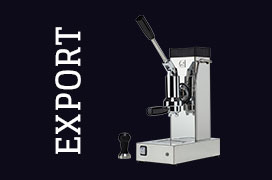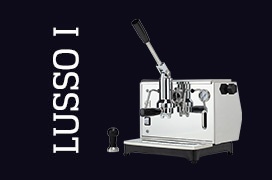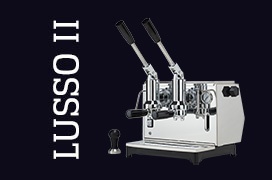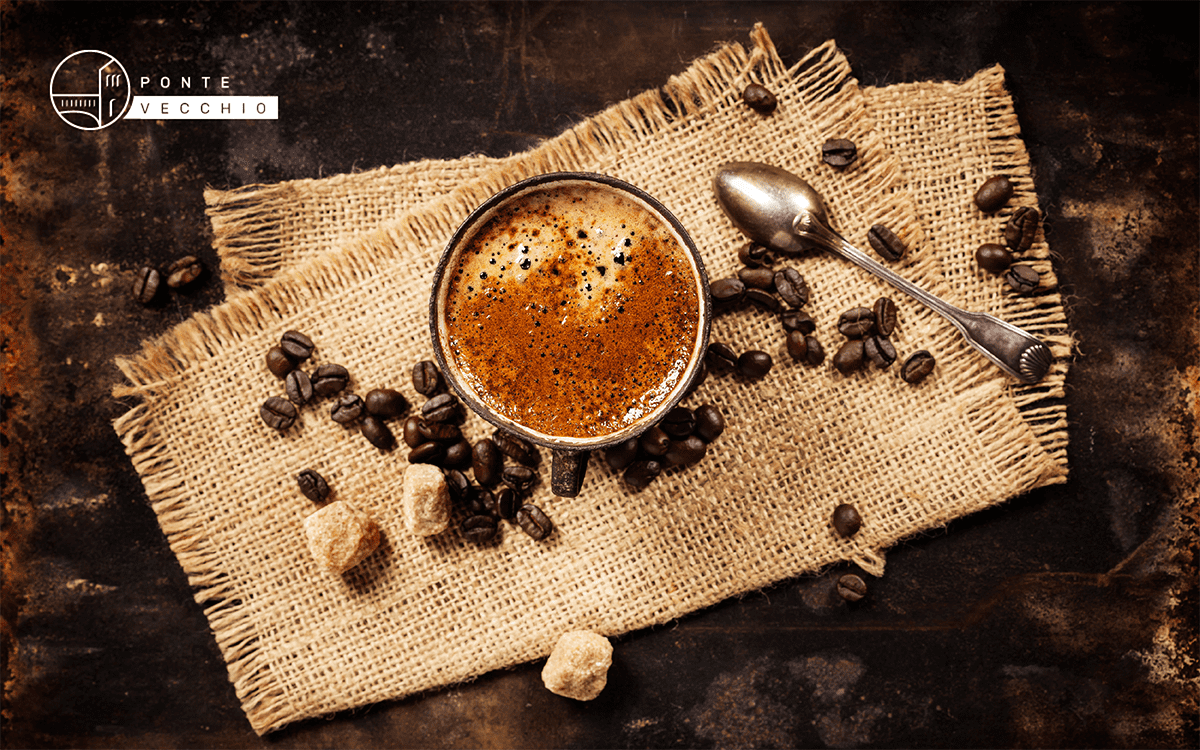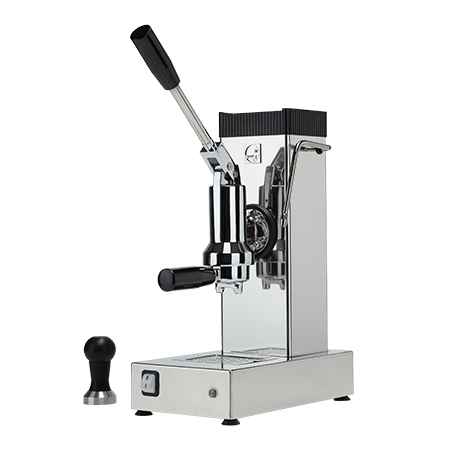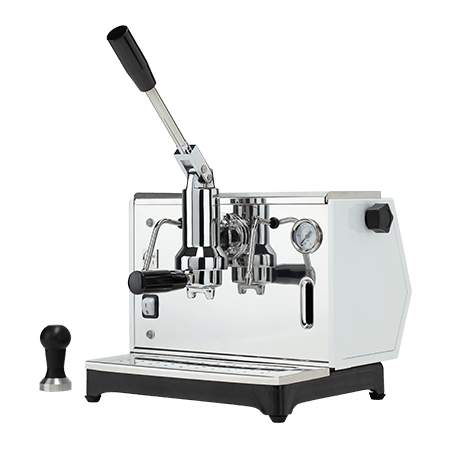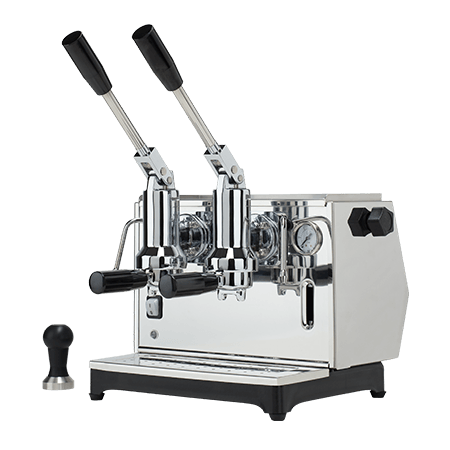In the collective imagination, the preparation of coffee has standard elements: professional coffee machine, hot water, roasted coffee blend. Thanks to these ingredients, in just a few moments, the black beverage is served.
If you tried to change any of these elements, what would happen?
Coffee drinkers generally take these steps in classic coffee preparation for granted and would not dream of changing any of them. Espresso, in fact, is a real institution, made up of customs, according to a standard procedure.
Apart from the unmistakable aroma, the most common and shared secrets of coffee are:
- the best time to drink coffee is in the morning, from 9.30 to 11.30. According to neuroscience and chronopharmacology, this is when the body gets the most benefit from the black drink. Weak people should avoid drinking coffee in the afternoon.
- Despite the fact that espresso coffee is one of the symbols of Made in Italy around the world, Italians are not the biggest consumers of this substance. Neither are the people of South America, as everyone believes. The world’s biggest coffee drinkers are the Finns, with a per capita consumption of 12 kilograms of coffee per year.
- Have you ever heard of the Neapolitan coffee maker? It is a manual coffee machine consisting of two vessels, one on top of the other, divided by a filter which is filled with coffee powder. One side is filled with water and brought to the boil. When the water heats up, the coffee pot is turned. In this way the water flows down through the coffee and extracts the aroma. Before the spread of the Moka, this system was widespread throughout Italy.
- In addition to caffeine, coffee contains more than 1000 chemical compounds and scientists are constantly experimenting with their possible uses.
Are you curious to find out what happens when you alter some of these elements?
Science experiments with cold coffee brewing
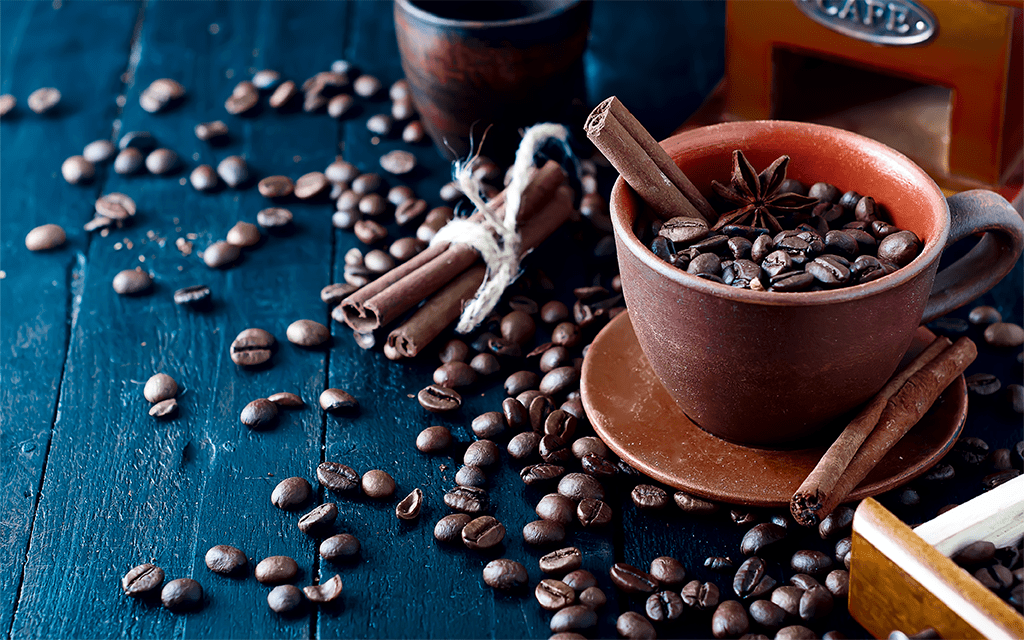
A team of scientists from Thomas Jefferson University carried out research to find out what happens to coffee when you change the way it is brewed. In particular, they wondered what would happen if they used cold water instead of boiling water.
Can cold coffee extraction alter the chemical characteristics of the drink?
The results presented by the researchers, via the American Chemical Society’s (ACS) online platform SciMeetings, gave very interesting results, revealing new secrets about coffee.
The research showed that by changing only the temperature of the water and using a dark roast, the presence of antioxidants in coffee varies significantly.
Let’s find out how the research was carried out.
How do the 2 coffee preparations take place?
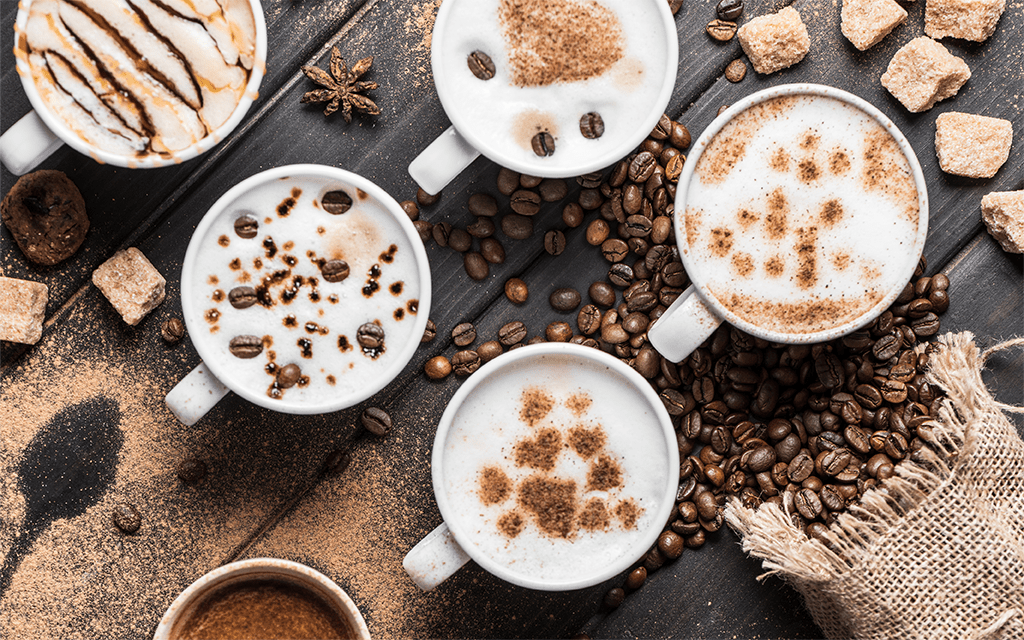
As with any self-respecting research, the scientists first worked on the reproducibility of the study, defining a standard procedure for each step:
- how to add the water to the ground coffee;
- how to pour the water;
- how long to let it steep;
- analysis of the results.
In the cold preparation, they mixed the coffee powder with cold water at room temperature, or colder. The chosen infusion time was two days. The resulting drink could be drunk either hot or cold.
Hot extraction, on the other hand, requires boiling water. The powder was steeped for a few minutes and then removed.
In both preparations, the drink was filtered to remove the coffee grounds.
In the first experiments, the experts focused on acidity and the presence of antioxidants, noting that antioxidants were more present in the hot preparation than in the cold one.
However, a significant finding emerged from the research: the degree of roasting affects the presence of antioxidants, the acidity of the drink and the caffeine content.
Let’s see how.
Coffee roasting: light or dark
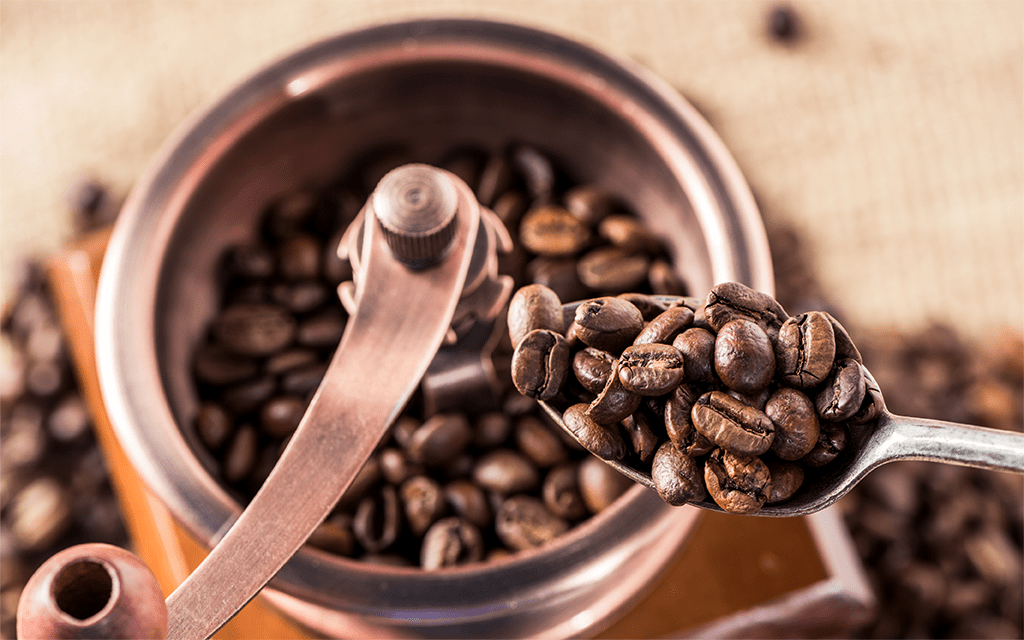
First of all, let’s clarify what roasting is.
Roasting refers to the roasting process that transforms green coffee beans into light to dark brown beans. This process gives it its typical crunchiness and makes the coffee’s aroma unique.
During roasting, the beans absorb heat, which brings out the oils in the coffee that determine the final colour of the bean.
This is why it is referred to as roasting:
- Light: the beans are clear and make the coffee more acidic. The amount of caffeine is higher.
- Medium: the flavour is balanced, as is the aroma and acidity. The caffeine content is lower.
- Dark: the coffee has a bitter taste and the caffeine content is very low.
The researchers compared the beverage that was extracted using light, medium and dark roasted coffee beans, varying the water temperature each time.
The experiment showed that, depending on the degree of roasting, the presence of antioxidants varied.
And the secret of coffee revealed by Thomas Jefferson University scientists is that hot brewing coffee with darker roasts produces a healthier drink: less acidic and richer in antioxidants.
Which coffee do you prefer?
Actually, the advice for drinking coffee as good as at the coffee shop is to choose according to your taste.
But if you want a healthier coffee with the right content of antioxidants and a less acidic taste, the advice is to choose a powder extracted from dark coffee beans. Also, don’t forget that hot extraction, which is recommended by coffee machine manufacturers, is the one that makes the product healthier and reduces the presence of caffeine.
Now that you have discovered new coffee secrets, don’t you feel like experimenting and drinking an espresso? For a coffee with a unique taste, use one of our lever coffee machines.
